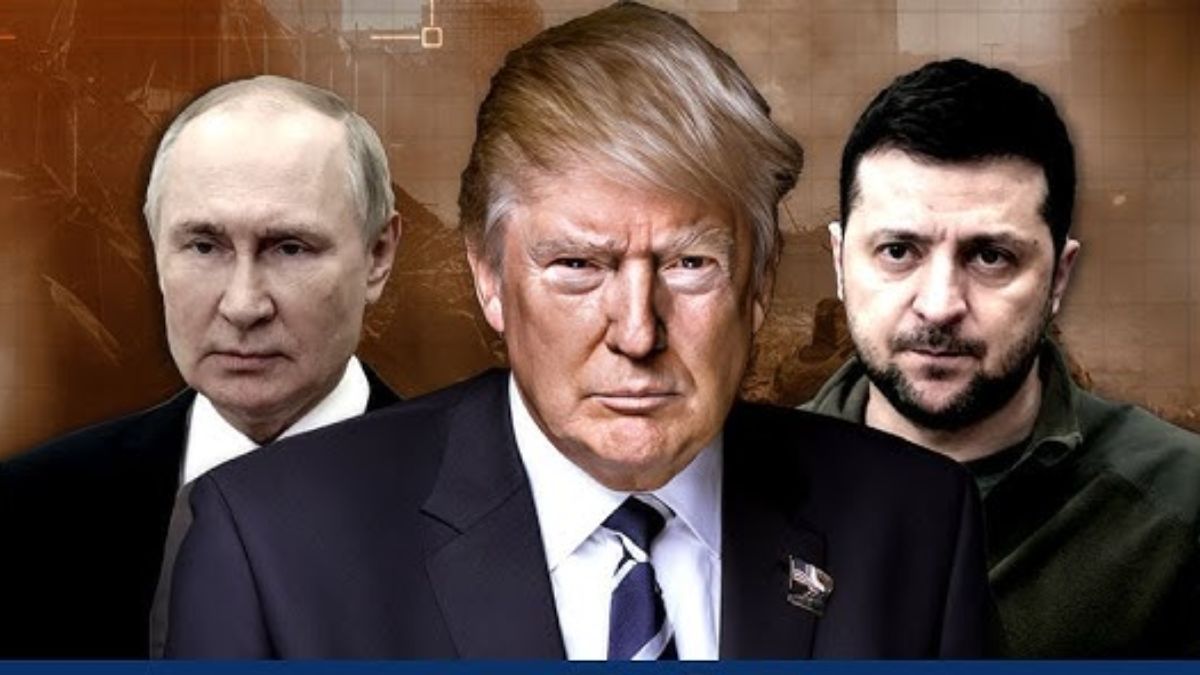Ukraine is bracing for what officials and soldiers anticipate will be a brutal and potentially war-altering ‘summer offensive’ by Russia, a grim outlook amplified by President Donald Trump’s recent threat to withdraw American support from peace talks. Kyiv’s alarm has deepened following Trump’s direct suggestion that Ukraine and Russia should settle peace terms themselves, a move seen as emboldening Moscow and setting the stage for intensified conflict rather than de-escalation.
Escalating Russian military actions
Russian forces have been ramping up their offensive, particularly in Ukraine’s north-eastern regions. In Sumy Oblast, Russian troops have re-entered areas previously contested, with reports indicating the capture of villages such as Basivka and Novenke. Similarly, in the Kharkiv region, localised Russian advances have been noted, contributing to concerns about a broader strategy to establish a “security buffer zone” along the Ukrainian border.
The eastern front, particularly the Pokrovsk and Kostiantynivka sectors, has seen heavy Russian troop concentrations. Analysts suggest that success in these areas could pave the way for Russia to occupy the entire Donetsk region, aligning with its immediate political objectives.
Diplomatic efforts and challenges
Amid the escalating conflict, diplomatic efforts have faced significant hurdles. Ukraine has expressed willingness to accept a US-proposed 30-day ceasefire, aiming to create a window for peace negotiations
However, Russia’s response has been tepid, with President Vladimir Putin emphasising that any cessation of hostilities should lead to a lasting peace addressing the root causes of the conflict.
The US administration’s stance has also evolved. While initially advocating for a swift resolution, recent communications suggest a shift towards encouraging Ukraine to negotiate directly with Russia. This approach has unsettled some Western allies and raised concerns about the potential implications for Ukraine’s sovereignty and territorial integrity.
Ukraine’s fate hangs in the balance: Can Western support save it?
Ukrainian forces now face the daunting challenge of holding their positions against a numerically superior enemy while contending with dwindling supplies of Western weapons. Military commanders acknowledge that preventing significant Russian advances this summer could be crucial in maintaining Western support, particularly in convincing sceptical politicians in Washington and European capitals that Ukraine can still prevail with continued assistance.
As both sides prepare for what may prove to be a decisive phase of the conflict, the coming months could determine whether Ukraine maintains its territorial integrity or is forced to accept a peace settlement that leaves the country partitioned and vulnerable to future Russian aggression. With so much at stake, the summer of 2025 may well become the ultimate test of Ukraine’s resilience and the West’s commitment to its defence.
Humanitarian impact and casualties
The human toll of the conflict continues to rise. According to the UK’s Ministry of Defence, Russia has sustained approximately 160,000 casualties in the first four months of 2025 alone, marking the highest total for this period since the full-scale invasion began. Despite these losses, Russian military operations show no signs of abating.
Recent Russian aerial assaults have been among the most severe, with nearly 300 drones and 70 missiles launched over two days, resulting in civilian casualties and infrastructure damage. Ukrainian President Volodymyr Zelenskyy has condemned these attacks and called for increased international sanctions against Russia.
)